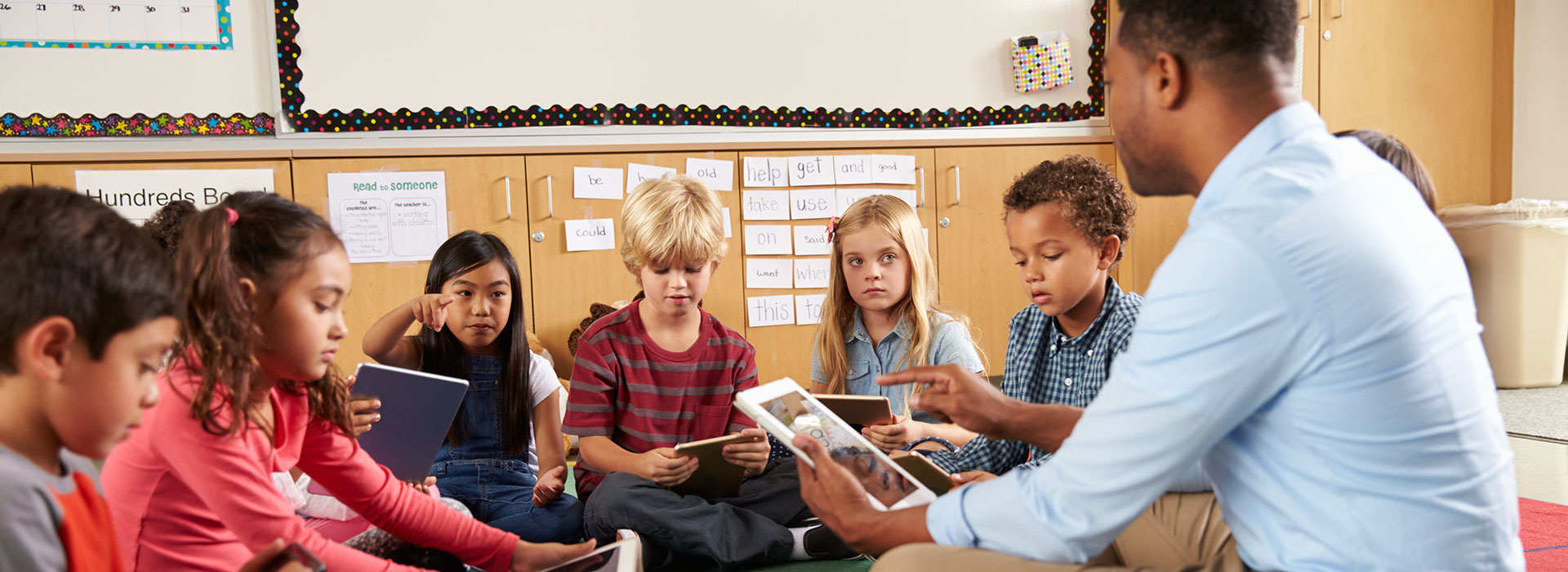How many of us grew up in a household where mom, dad, sister, and brother sat down together at 6pm sharp each night to enjoy a home cooked meal and share stories about our day? Anyone? Anyone?
Even with her best efforts of trying to make this quintessential nuclear family dream-life a reality, my mother was working, clipping coupons, and sometimes only had the money and energy to make ketchup spaghetti for dinner.

Still, upon reflection, I know the evenings with my family were closer to the Ozzie and Harriett Show than what some of my friends had to look forward to when they got home from school.
This “American Dream” family life isn’t something that everyone can say they’ve experienced throughout their lives, but that doesn’t mean we don’t crave it…especially our students. They see families on television depicted as loving, patient, supportive, and kind; but that may not be the reality our students go home to after the school day has ended.
This need to belong, this yearning for a connection to others, this search to be a part of “a family” was evident in my students, and so I started dedicating a bit of class time to building this family culture within my four little walls in the English Language Arts wing of the high school in which I worked.
For years now, I’ve been opening up my classes on Mondays with “Pits & Peaks”…and students love our “family time” together. It works like this: I sit with my students and we share stories. That’s it.
Well, maybe there is a little more to it, but at its core, we are just family members taking time to listen to each other as we share the highs (peaks) and lows (pits) of our current lives. Sometimes we talk for 5 minutes, sometimes it’s 20. Sometimes I am very quiet and just listen; other times I’ll join in and share a “peak” to set the tone that I am starting class with a positive attitude. Now, not everyone wants to share, and that’s fine. But many DO want to tell our family about the new job they just got hired for, the driver’s license they earned, the silly thing their little brother said, or sadly, how their beloved family pet just passed away.
This outlet, this way to show that we are HUMAN and there is so much more that makes up our lives outside of the four walls we share together, has helped create a bond not just between my students and I, but student to student. This is what we all crave: a sense of belonging, feeling supported, and knowing we are loved.
I jokingly tell my students that our classmates are like our family members: you don’t get to pick who is in yours, but you care about them, even though they may drive you a little crazy at times.
So now, I implore you to make time for that family within your classroom walls, to share in their joys and disappointments, to make them feel supported. Even though Pits and Peaks was a small part of the classroom experience for my students, many would say it was the most memorable. Even now, former students have reached out to tell me they are using this practice with their own children or even in their very own classroom now that they are educators. It is a small step, but it is a step in the direction of empathy, trust, and acceptance…all of which can have a long lasting, positive impact.
Have you tried out Pits and Peaks? What was the result? We’d love to hear about your experience, either in the classroom or at home. Please share!
Want to find out more about Pits and Peaks? Check out this video that breaks down what it is and how students have responded.
Learn about Interactions for Peace with The Core Collaborative
The aim of Interactions for Peace is to develop and leverage meaningful relationships to empower learners to cooperate and solve conflict in positive ways.
Learn More!

